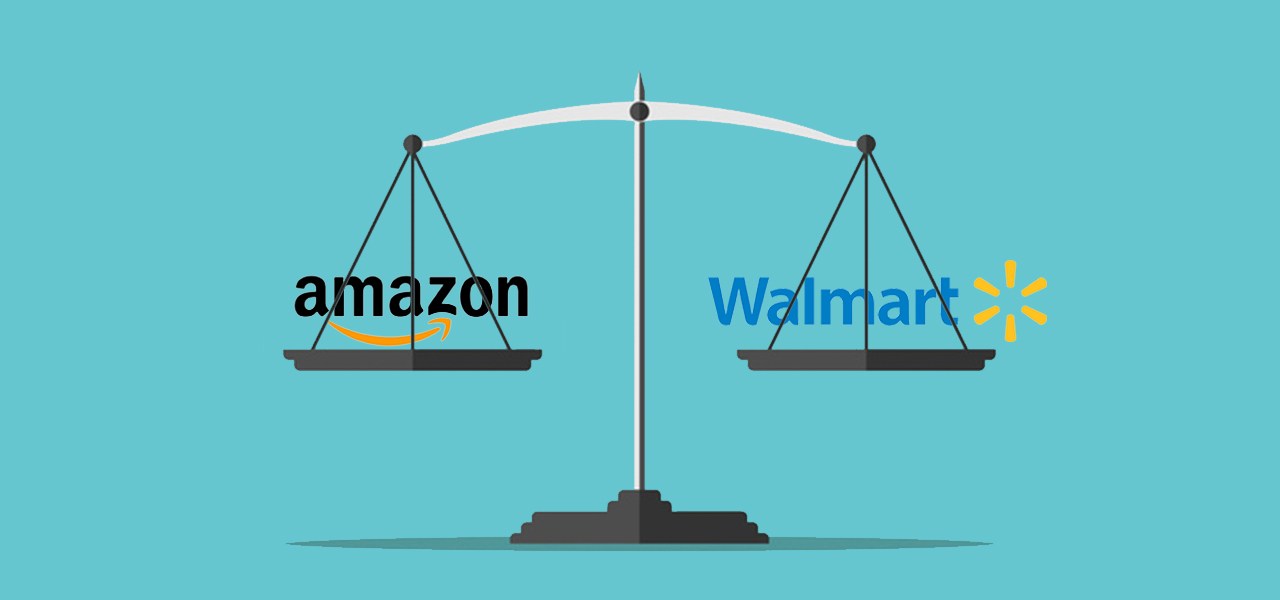Research Briefing: Modern Retail’s Index, a playbook for retailers

In this edition of the weekly briefing, we share newly released data from Modern Retail+ Research’s yearly index that focuses on how retailers have changed their online strategies.
Interested in sharing your perspectives on the future of retail, technology and marketing?
Apply to join the Modern Retail research panel.
Modern Retail Index: How retailers are updating their digital strategies
Breaking News: This week Modern Retail+ Research published an update to our Modern Retail Index on that provides a synopsis of the financial performance of retailers, their fulfillment and e-commerce strategies. The updated report provides a playbook at how different industries are approaching their digital strategies and their results.
The Modern Retail Index (MRI) collects data from 30 retailers and scores the data into dimensions to create a total index average score as a benchmarking tool. Retailers are given a deviation percentage from the index average to denote above- or below-average performance. The average changes depending on the list of retailers and the time period of data collection to show a snapshot of the retailer space at specific points.
The index uses three main dimensions that are further broken down into sub-dimensions to measure a retailer’s performance. The dimension’s are Ease of Fulfillment, E-commerce Experience and financial momentum.
Ad position: web_incontent_pos1
Questions: What industry performed the best? Who are the top players? What can others learn from top performing retailers?
Answers From Research:

As a group, big-box retailers performed high in terms of both e-commerce experience and ease of fulfillment, but that didn’t always translate into strong financial momentum. In the big-box cohort, only Walmart saw positive revenue growth year over year. The rest of the group saw an average -7% year-over-year decrease. That’s a stark contrast to 2022 when the average increase was 2% and the majority of the cohort all saw increased revenue – and an even starker contrast in comparison to 2021, when the group saw an average 24% increase as the pandemic wound down. With ever-decreasing revenues, the cohort as a whole has focused heavily on bolstering e-commerce and fulfillment strategies.
The clear standout in the group was Walmart. The retailer looked to fortify other areas of its business beyond in-store sales to ride out the 2023 economic downturn. Within e-commerce, Walmart bolstered its paid membership plan by adding new features and benefits to bring in more customers. It also continued to increase online tools, such as integrating AI into its search engine and continuing its third-party marketplace.
Ad position: web_incontent_pos2
Walmart has better positioned itself to weather the financial storm of high inflation costs and slower customer spending. Part of the retailer’s plans to cut down on last-mile delivery costs have included building more micro-fulfillment centers. In 2022, Walmart announced it would be building ‘next generation’ fulfillment centers slated to open by 2026. The fulfillment centers are intended to combine the manual labor of Walmart’s staffers with advanced technology and machine learning to increase shipping and delivery for Walmart.com orders. These new facilities, combined with the rest of Walmart’s fulfillment network, will enable the retailer to reach 95% of the U.S. population with next- or two-day shipping. Walmart, in September, also announced new delivery options including express online pickup or delivery in as little as 30 minutes and late-night deliveries at 4,000 stores nationwide.
Want to learn more: Modern Retail+ Research’s full index on digital strategies examines the current state of retailers and its top players.
READ THE MODERN RETAIL INDEX
See research from all Digiday Media Brands:

